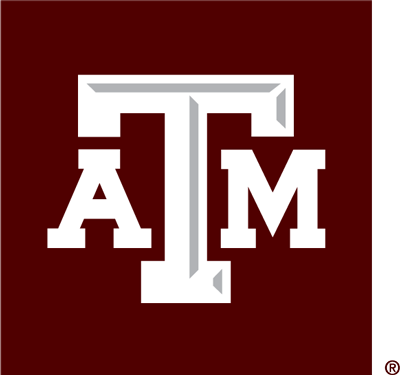- Professor
- Email: lifan@tamu.edu
- Office: MIST M515 (main office)

Biography
My colleagues and I are endeavoring to build an astronomical observatory at Dome A, the highest point in Antarctica. We hope to set up several telescopes in the coming years to study the mysterious dark energy in the universe. My research interests include spectropolarimetry observations of supernovae. The supernovae I study are so far away that even the largest telescopes in the world cannot resolve their shapes through direct imaging. Spectropolarimetry is a technique that enables geometric structures of supernovae to be studied. I am also doing research on machine learning enabled studies of large astronomical data sets and am a member of the TAMIDS Scientific Machine Learning Lab. I lead the DECam Search for Intermediate Redshift Transients (DESIRT), which uses DECam to find transients and DESI to carry out spectral follow-ups. Most excitingly, I am working on finding high redshift transients using the JWST. We expect new, exciting data to become available very soon!
Research Team
Institutional Partnerships
Research Areas
- Astronomical Instrumentation
- Cosmic Distance Scale
- Dark Energy
- Dark Matter
- Data-Intensive Computation
- High-Performance Computing
- Near-Field Cosmology
